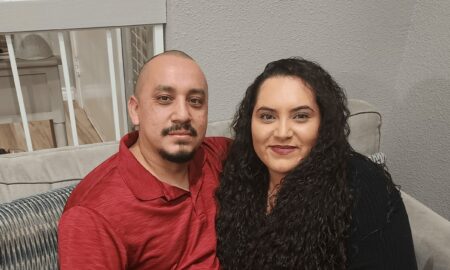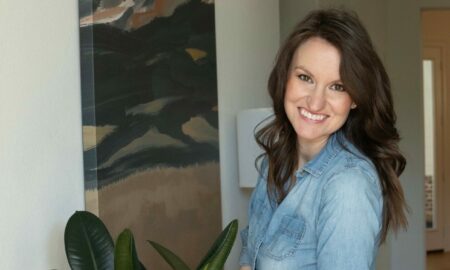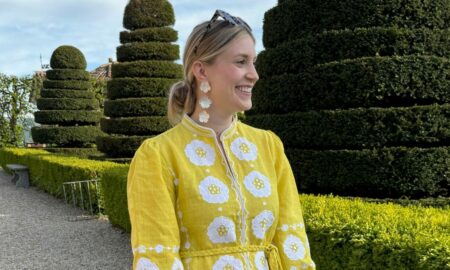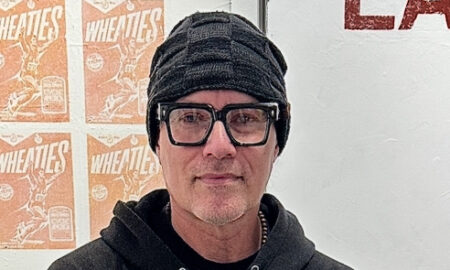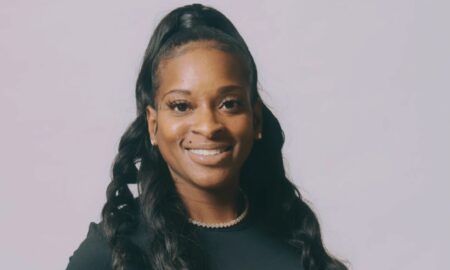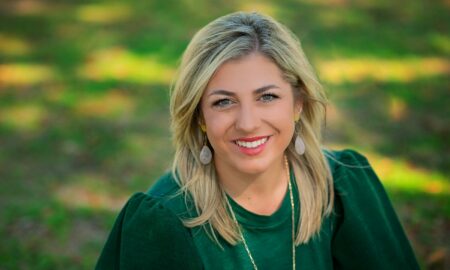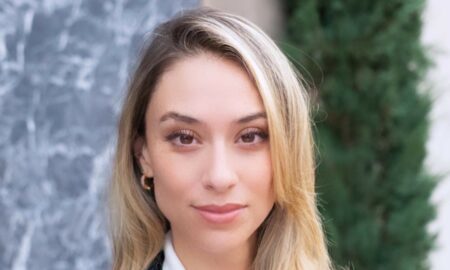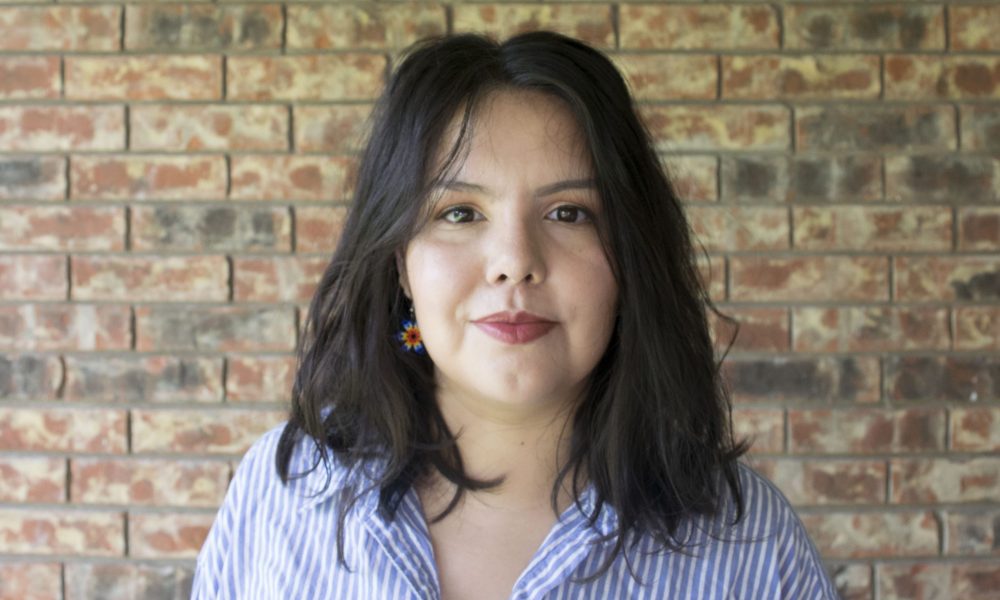

Today we’d like to introduce you to Marcela Reyes.
Thanks for sharing your story with us Marcela. So, let’s start at the beginning and we can move on from there.
I was born and raised in Monterrey, Nuevo León, México. I lived there until I was 15 years old when my family moved to the Dallas area. I started my sophomore year here and because I did not know any English, the school advisor asked me what I liked. I said art so he enrolled me in four art classes (plus ESL, math, and physics). I had never had the opportunity to take an art class before, so it was kind of a shock to be able to take so many art classes. It gave me a different perspective on what I could do with my life. Looking back at it, I never thought I would ever end up going to college to study art since things were uncertain back then: I had no money, I did not know how to apply for college or what was needed, my English was barely understandable and I was not a citizen nor a legal resident.
Once high school was over, I was not sure what was next. I was just updating my resume last week and I realized it took me ten years to finish my Bachelor’s. I am just glad the internet exists because it helped me learn all the process needed to apply for college. I knew I wanted to continue doing art, so I went to Richland College in Dallas first, then transferred to the University of Texas at Dallas where I got my bachelor’s degree in Arts and Humanities. I just finished my Masters in Fine Arts at the University of Texas at Arlington.
Great, so let’s dig a little deeper into the story – has it been an easy path overall and if not, what were the challenges you’ve had to overcome?
It has not been a smooth road. Like I said before, it took me 10 years to finish my Bachelor’s. I was the first one in my family to graduate high school and apply to college, so no one knew anything about it; I had to figure it out myself, it just took me longer. At first, I was embarrassed about it, but I realized I should not be, it was part of my journey and I am glad about it.
As an artist, you have to have discipline and persistence since it is not easy. Things I wish I knew when I was younger : make art,set some goals, have women mentors that you feel comfortable asking for advice or feedback, apply to art shows,read about art and things you enjoy or want to learn (it helps my art practice a lot), be patience with your self and your progress, make art (yeah, more art), keep making art even when life happens. Also, it is ok to say no. Do not compare yourself to other artists, this is your journey, so do it your way. It is also ok if you do not go to school to be an artist. You should also learn how to talk and write about your art, it is also helpful when you do not know what direction your work is taking. I also think it is important to either read, take classes, or watch videos about how to promote your art.
Please tell us about what you do.
My current body of work researches what it means to live between two cultures. My upbringing in both Monterrey, México, and Texas, USA has been very important in my work because this has shaped how I see the world and what is important to me. I am inspired by my personal memories of both places to examine and understand the role each has played in my life and my journey of assimilating a new culture and a new language. This has given me the opportunity to create conversations about the struggles of migrating and why people migrate. Although sewing and fabric are materials I gravitate to, I have been working with other materials, such as found objects, photography, and bronze to create a body of work that translates these experiences.
Home Is Nowhere Else but Right Here, is a piece that consists of 162 pounds of two different soils: soil I brought from my home in Monterrey, Nuevo León, México, and soil I got from my home in Garland, Texas. These both places have shaped my identity and hold significant importance in my life. When entering the United States, people from Mexico need a visa. What many people do not understand is that it is very hard to get one; it is a process that takes months, even years for some. It is a privilege if you get once since so many are denied. Many people enter here without it because circumstances such as poverty and violence oblige them to leave Now, to get a visa, you have to possess documents that show that you can afford to travel to the United States, documents such as paychecks, notarized work letter, school letters, your grades, your bank statements, and everything you owe (houses, cars, pets, etc.). Even if some people possess all of these documents, there is a slim chance of getting a visa. You also have to sum up the time it takes to get it (taking time off work when most people cannot afford this, filling out applications, and going to interviews). Similar to this, to be able to bring soil into the United States, you need to apply for a permit that it also usually denied. I see this soil as my body, because similar to it, the soil moved from one country to another in a prohibited way. To be able to bring the soil, I packed it in medium size vacuum-sealed bags; this made it easier for me to hide the soil between my clothes and personal belongings. As I see the soil as if it was my body, moving from different places, I have kept in mind the performance part of it. Forcibly removing the soil from its place to be transported to a new one and the journey it did, hiding it between personal belongings until it was safe for it to emerge as one.
Do you think there are structural or other barriers impeding the emergence of more female leaders?
Many women are still questioned about their expertise, this makes some women less likely to receive the same opportunities (nor the same salary), such as solo shows, leadership positions (such as curators, tenure track positions, art directors, etc.) than men. We want to believe this has changed, but unfortunately, there is still a huge gap due to prejudice. Many women are expected to not only work but are also expected to assume responsibilities that are not paid or as visible. Our mindset and gender roles expectations must change for these barriers to disappear.
The National Museum of Women in the Arts’ website has interesting and important facts about these problems in art positions (https://nmwa.org/advocate/get-facts).
Contact Info:
- Website: www.marcelareyes.net
- Instagram: @marcela.reyes85






 Image Credit:
Image Credit:
Holly D Gray
Getting in touch: VoyageDallas is built on recommendations from the community; it’s how we uncover hidden gems, so if you know someone who deserves recognition please let us know here.










